13 Cold-Weather Vegetables That Keep Producing
When the cold sets in, many gardeners assume their harvest is over. But there are vegetables that thrive in chilly conditions, offering fresh produce long after the summer crops are gone. These cold-weather veggies not only survive but continue to produce, helping you make the most of your garden in the colder months. Whether you’re a seasoned gardener or new to cold-season crops, there’s plenty to grow during the fall and winter.
This post may contain affiliate links, which helps keep this content free. Please read our disclosure for more info.
Kale
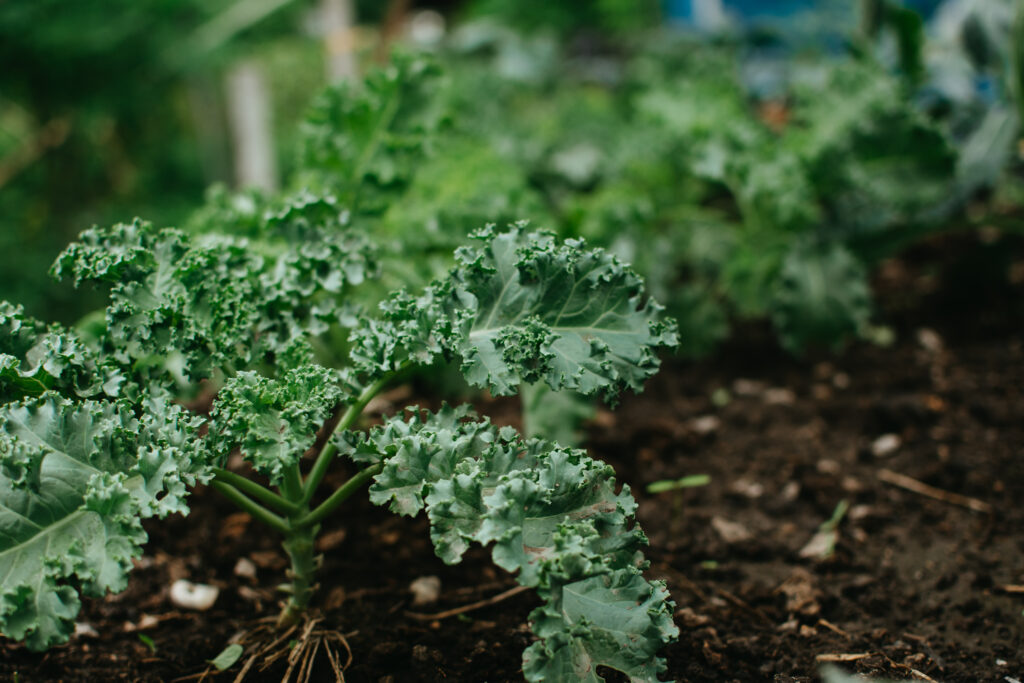
Kale is a hardy green that thrives even in the coldest temperatures. Known for its ability to survive frost, this vegetable becomes sweeter and more flavorful after a frost hits. To keep it producing, ensure it gets enough sunlight during the day and water it consistently without letting it dry out completely. A well-drained soil and regular harvesting help stimulate new growth, so make sure to pick the outer leaves while allowing the center to grow. Kale is perfect for cold-weather gardens because it keeps producing all winter long with minimal care.
It’s also worth noting that kale can tolerate a range of temperatures, from early fall to late winter, depending on your region. If you live in a particularly cold climate, it’s helpful to mulch around the base to protect the roots from freezing. With kale, it’s important to keep an eye on pests like aphids, especially in milder winter months. Regular trimming encourages the plant to keep growing, which helps it continue to produce fresh leaves. Kale is easy to grow and remains a reliable vegetable for gardeners looking to enjoy homegrown greens during the cold months.
Spinach
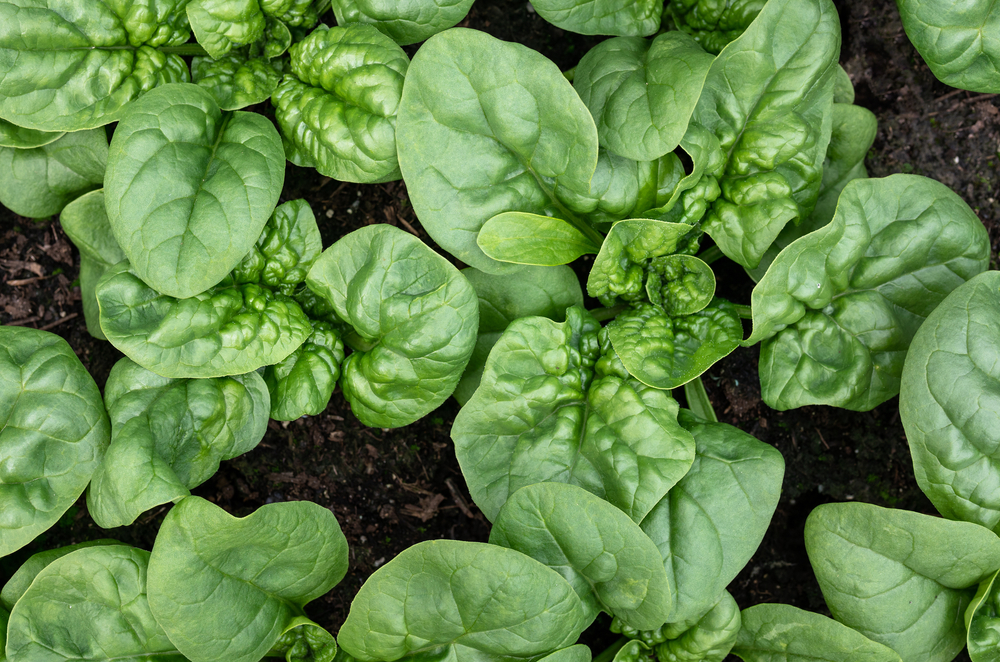
Spinach is another vegetable that thrives in colder temperatures, even in frosty conditions. This fast-growing leafy green enjoys cooler weather and can be harvested multiple times during the winter. To encourage continuous production, plant spinach in well-draining soil and water it moderately, as it doesn’t like overly wet roots. Regular harvesting by cutting the outer leaves will help the plant produce more and prevent it from bolting when temperatures rise. Spinach also benefits from some light shading if it’s planted in a warmer area, which can help extend the growing season.
The plant prefers full sun during the cooler months, but in extremely cold weather, some light frost will not damage it. For spinach to keep producing through winter, it should be planted early enough in the fall to establish a strong root system. Protecting it with row covers or cloches can help maintain warmth if temperatures dip too low. Spinach is relatively low-maintenance and will continue growing if kept healthy with proper care. The cold temperatures tend to make its leaves sweeter, making winter spinach especially tasty.
Brussels Sprouts

Brussels sprouts are a cool-weather vegetable that actually improves in flavor after exposure to frost. They are a great choice for gardeners in cold climates because they keep producing small, nutritious sprouts throughout the winter months. To care for Brussels sprouts, plant them in well-draining soil and space them out to allow the plants room to grow tall. Make sure they receive enough sunlight during the day, but be mindful of watering, as the roots shouldn’t sit in soggy soil. Regular harvesting of the bottom sprouts while leaving the top ones will encourage more growth.
Though they can tolerate frost, Brussels sprouts require patience as they grow slowly. When properly cared for, they can continue producing sprouts even when temperatures drop. Mulching around the base helps insulate the roots, especially during extreme cold. Be sure to check for pests like aphids, which are common in cooler weather. With the right conditions, Brussels sprouts will continue to thrive and offer fresh produce well into the winter months.
Carrots
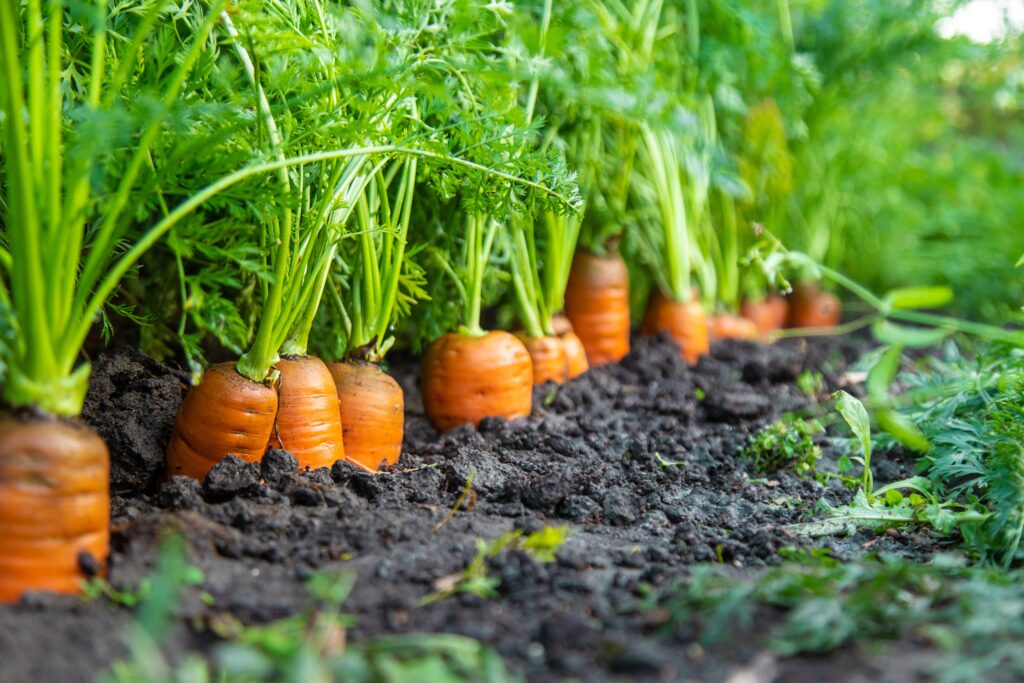
Carrots are perfect for cold-weather gardening as they can stay in the ground throughout the winter. In fact, after a light frost, carrots become even sweeter and more flavorful. To keep them producing, make sure they are planted in loose, sandy soil to allow for easy root expansion. Carrots require regular watering, but be cautious not to overwater, as this can cause rot. Once they reach the desired size, you can harvest them as needed, and they will continue to grow in the ground until the weather becomes too harsh.
Carrots are hardy and will continue producing throughout the winter if the ground doesn’t freeze. For colder climates, it’s helpful to mulch heavily around the roots to prevent them from freezing. If you plan to leave them in the ground through winter, a light covering of frost can actually improve their taste. Carrots can tolerate a variety of conditions, making them one of the most reliable cold-weather crops. Just be sure to watch out for pests that may attack the roots during milder winter months.
Leeks

Leeks are a fantastic cold-weather vegetable that can keep producing long into winter, as they are frost-resistant. The best way to care for leeks is to plant them in well-drained, fertile soil and ensure they have plenty of sunlight during the colder months. Watering consistently is important, but make sure the soil is not too wet, as this can lead to rot. To encourage continuous production, harvest them gradually, cutting the larger ones and leaving the smaller ones to mature. This practice helps the plant continue to grow and produce throughout the colder seasons.
Leeks grow slowly, so it’s important to start them early in the fall for a winter harvest. They are easy to maintain and can tolerate freezing temperatures, though some protection, like row covers, may help in extremely cold weather. When harvesting, make sure to dig carefully around the base to avoid damaging the roots. Leeks are a reliable vegetable that will keep producing well into winter if properly cared for. Their mild, onion-like flavor adds a delightful touch to winter dishes.
Cabbage

Cabbage is another cold-weather vegetable that thrives in cooler temperatures and can keep producing into the winter months. When the weather cools, cabbage heads become tighter and the flavor improves, making it a perfect winter vegetable. To ensure continued growth, plant cabbage in nutrient-rich, well-drained soil and water regularly without letting the roots sit in water. Harvest the outer leaves regularly to encourage the plant to produce new ones. Cabbage also benefits from a light layer of mulch around the base to protect the roots from the cold.
Cabbage can tolerate frost and even snow, making it an ideal vegetable for winter gardens. It does best in areas with full sun during the day and cooler temperatures at night. For the best results, plant cabbage early in the fall to give it time to establish a strong base before the first frost. The cool weather helps cabbage grow slowly, which enhances its flavor and texture. Cabbage is easy to care for and can produce fresh heads throughout the winter when protected from extreme weather.
Swiss Chard
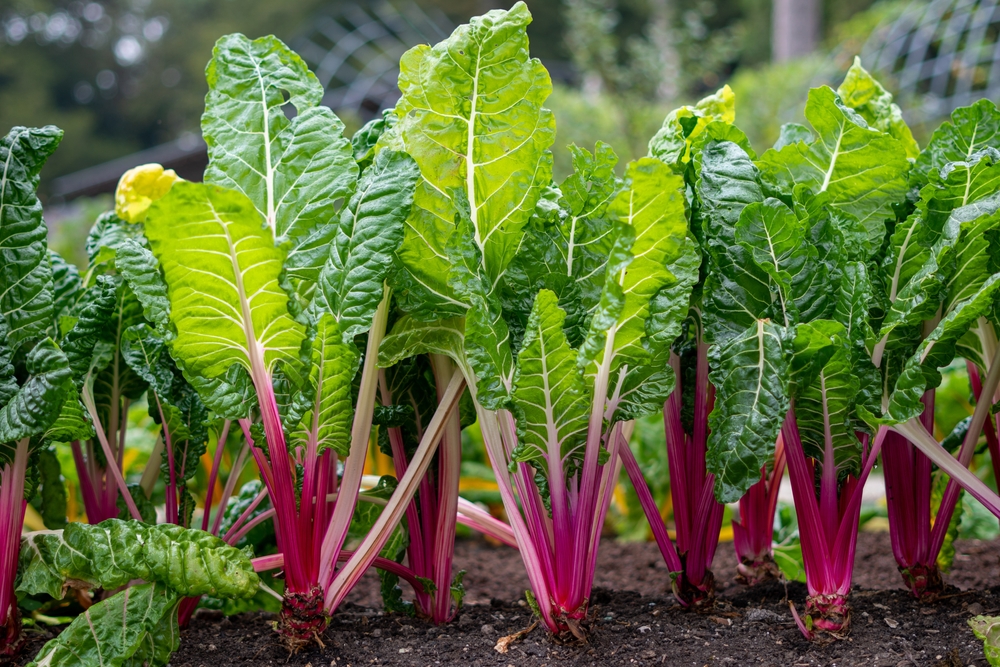
Swiss chard is another vegetable that thrives in cold weather and keeps producing through the fall and into winter. Known for its colorful stems and robust leaves, Swiss chard continues to grow and provide fresh greens even after frost. For optimal growth, plant it in well-drained soil with plenty of sunlight and water it regularly. Harvest the outer leaves while allowing the inner leaves to continue growing, which helps the plant stay productive. Swiss chard is incredibly hardy and can withstand frost without losing its flavor.
Despite its cold tolerance, Swiss chard benefits from some protection in regions with extreme winter temperatures. It’s best to mulch around the plant to keep the soil warm and prevent freezing. Regular harvesting encourages new growth, so you can continue to enjoy fresh greens all winter. Swiss chard also tends to be less susceptible to pests in colder months, making it a low-maintenance option. Its versatility in the kitchen makes it a valuable addition to any winter garden.
Radishes
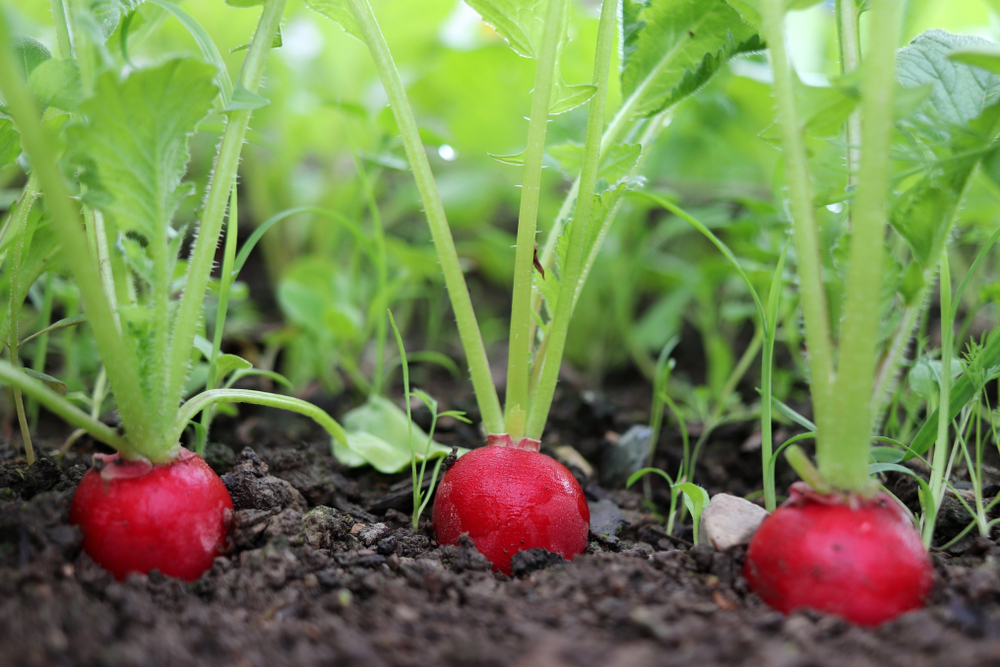
Radishes grow quickly and are well-suited for cold weather, continuing to produce through the fall and early winter. These root vegetables are frost-hardy and can tolerate light freezes, becoming even sweeter after exposure to cold. Plant radishes in loose, well-drained soil and water them consistently, ensuring the soil doesn’t dry out completely. As they grow, you can harvest the outer radishes while leaving the inner ones to continue maturing. Radishes are ready for harvest quickly, making them a great choice for gardeners looking for fast-growing winter crops.
Radishes thrive in cooler temperatures and can be grown in late fall, continuing to produce as long as the ground isn’t frozen. They require minimal care and grow best in direct sunlight, though some light frost will not harm them. Radishes are typically ready to harvest in just a few weeks, so you can enjoy fresh, crunchy radishes well into the colder months. The colder temperatures can actually improve their flavor, making them a tasty and rewarding vegetable to grow during winter. With the right care, radishes can keep producing throughout the season.
Mustard Greens
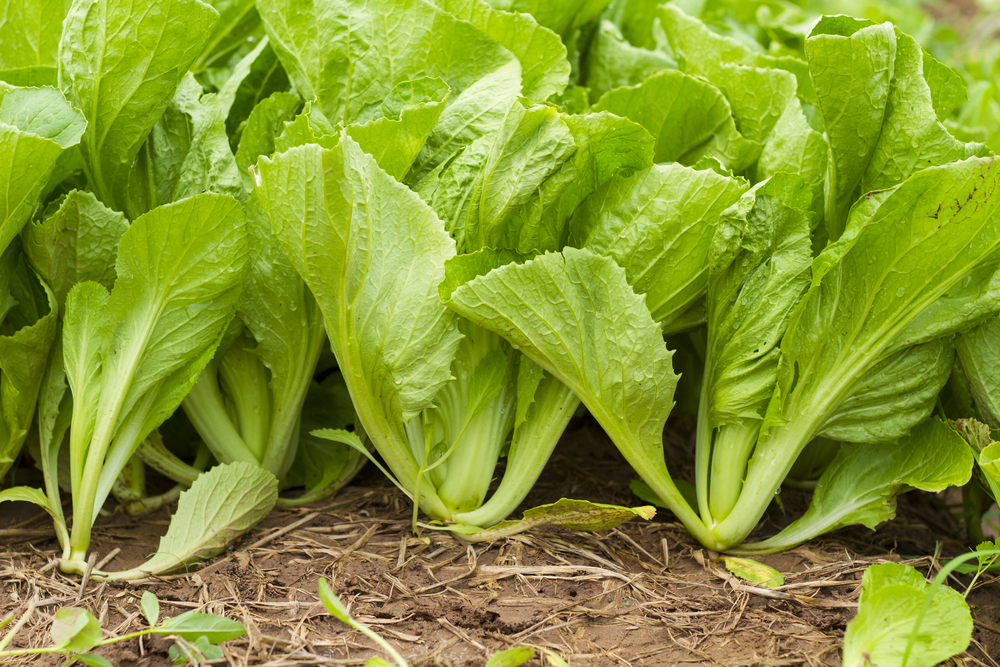
Mustard greens are a great option for cold-weather gardening, as they grow well in chilly temperatures. These leafy greens can withstand frost and continue producing until temperatures drop too low. To keep them producing, plant mustard greens in well-draining soil and make sure they get enough sunlight during the day. Regular harvesting of the outer leaves encourages new growth, which helps the plant remain productive through winter. Mustard greens are also easy to maintain and can tolerate a variety of soil conditions, making them a versatile addition to any garden.
These greens have a sharp, peppery flavor that is enhanced by the cold, making them a great choice for winter dishes. Mustard greens grow quickly, so you can harvest them multiple times during the winter months. They are an excellent source of vitamins and nutrients, making them a healthy addition to your winter diet. While they are generally pest-resistant in colder weather, it’s still a good idea to keep an eye out for aphids or slugs. Mustard greens are a hardy vegetable that will keep growing as long as temperatures remain manageable.
Broccoli

Broccoli is another vegetable that thrives in cooler temperatures and can continue producing in the fall and winter months. It prefers temperatures between 50 and 70 degrees F, which makes it ideal for colder climates. To keep broccoli producing, plant it in rich, well-drained soil and water it consistently. Regularly harvesting the larger heads encourages the plant to continue producing smaller side shoots, which can also be harvested. While it can tolerate frost, providing some protection during extreme cold can help ensure continued growth.
Broccoli’s flavor improves with frost exposure, making winter broccoli especially tender and sweet. The plant can be grown in both spring and fall, but in colder regions, it’s best planted in late summer for a fall harvest. Mulching around the base can help protect the roots from freezing temperatures. Broccoli is a nutrient-rich vegetable that offers multiple harvests throughout the season, making it a valuable addition to a cold-weather garden. It’s relatively low-maintenance and produces fresh, flavorful heads well into the colder months.
Collard Greens
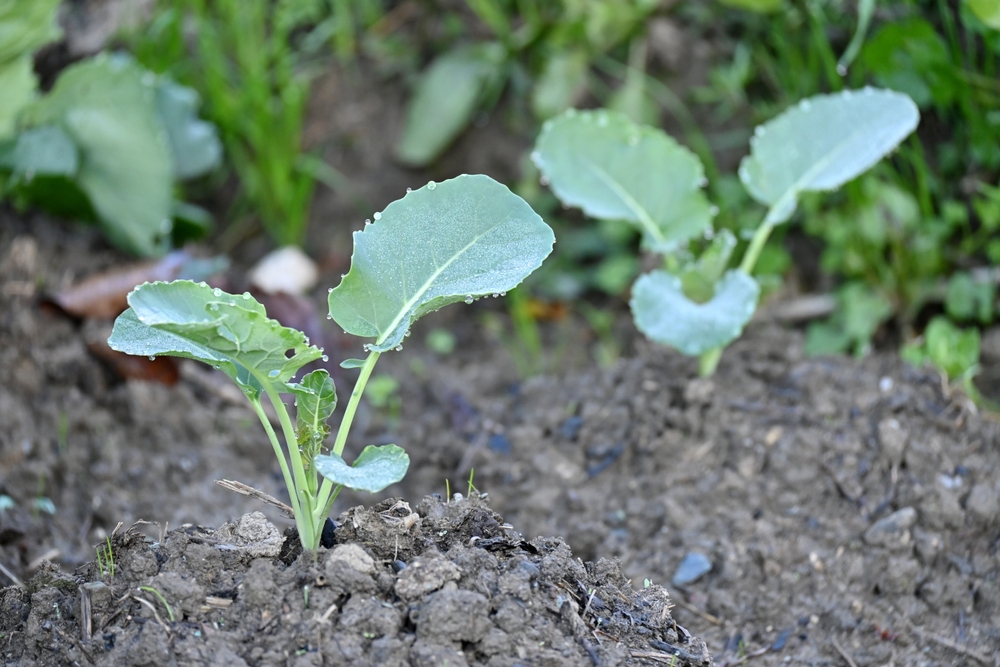
Collard greens are a hardy vegetable that thrives in cooler weather, continuing to produce through the fall and winter months. They are rich in nutrients and have a mild flavor that becomes even more tender after exposure to frost. To keep them producing, plant collard greens in nutrient-rich, well-draining soil and water them regularly. Harvest the outer leaves while leaving the inner ones to grow, which helps the plant stay productive. Collard greens can withstand light frost, and their flavor improves after a frost, making them an excellent choice for winter gardens.
Collard greens do well in full sun but can tolerate partial shade, making them ideal for various garden conditions. These greens are perfect for gardeners looking for a low-maintenance winter crop. The plants can grow quite large, so ensure they have plenty of space to expand. Collard greens are rich in vitamins and can be used in a variety of dishes, from soups to sautés. They continue to produce leaves throughout the winter, providing a steady supply of fresh greens for your meals.
Turnips

Turnips are cold-hardy vegetables that not only survive the winter but thrive in cooler temperatures. Their roots become sweeter with frost, making them a flavorful addition to winter meals. To keep turnips producing, plant them in well-drained, loose soil and ensure they get moderate watering. Harvest the larger turnips while allowing the smaller ones to grow, which will encourage the plant to keep producing. Turnips are versatile and can be used both for their leaves and their roots, making them a great all-season vegetable.
Turnips can be grown throughout the fall and early winter months, as long as temperatures don’t dip below freezing. The frost actually improves the flavor of the roots, making them a delightful addition to winter stews and roasts. Be sure to protect the plants from extreme cold with mulch or row covers to prevent the roots from freezing. Turnips are a low-maintenance vegetable that requires minimal care and can be harvested over an extended period. For gardeners looking for both root and leafy vegetables in the cold months, turnips are an excellent choice.
Arugula

Arugula is a fast-growing, cold-tolerant leafy green that continues producing in the cooler months. Its peppery flavor becomes even more pronounced when grown in colder temperatures, making it a perfect addition to winter salads. Plant arugula in well-drained, nutrient-rich soil and water it regularly. To keep it producing, harvest the outer leaves and let the inner leaves continue growing. Arugula is easy to grow and, with proper care, can provide fresh greens all winter long.
Arugula thrives in cooler weather and can be grown in both fall and early winter. This plant enjoys full sun but can tolerate some shade, which is ideal for winter gardens. The plant grows quickly, so you can enjoy fresh, peppery leaves in just a few weeks. Arugula is a low-maintenance vegetable, and with regular harvesting, it will continue to produce throughout the season. For gardeners looking for a quick, flavorful crop, arugula is a great cold-weather option.
This article originally appeared on Avocadu.
